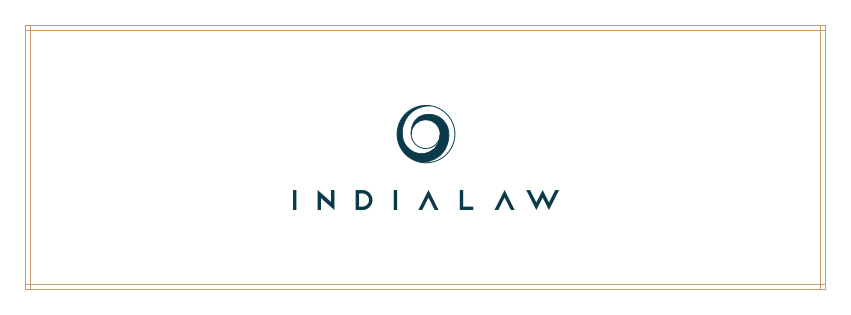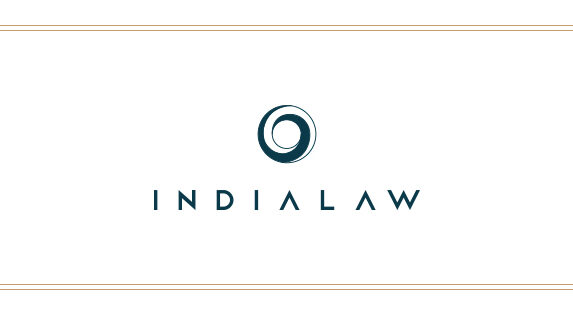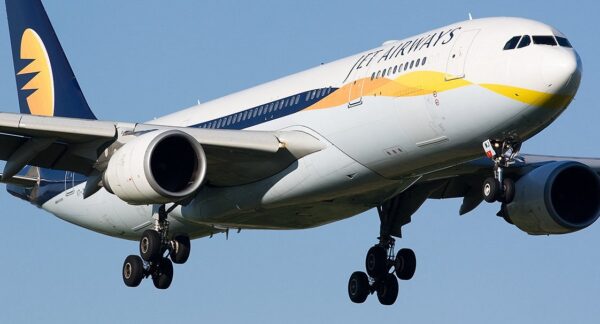Limitation period for filing applications under I&B Code


The Hon’ble Supreme Court, in Tech Sharp Engineers Private Limited v. Sanghvi Movers Limited (Civil Appeal No. 296 of 2020), on September 19, 2022, held “a claim may not be barred by limitation, it is the remedy for realisation of such claim which gets barred by limitation”.
Facts of the Case:
Tech Sharp Engineers Private Limited (“Appellant”) filed an appeal in the Supreme Court against an order passed by the National Company Law Appellate Tribunal, New Delhi (“NCLAT”) dated July 23, 2019. The NCLAT had set aside the order of dismissal of the Hon’ble National Company Law Tribunal, Chennai (“NCLT”) .
The Appellant and Sanghvi Movers Limited (“Respondent”) had entered into an agreement wherein the Respondent let out on hire a crane for erection of equipment at the site of Indian Oil Corporation Limited. The Respondent raised invoices for the same between January 3, 2012 and March 4, 2013 for a sum of Rs. 38,84,709/-. These invoices were not paid by the Appellant. The Respondent further communicated vide various notices to pay the invoices. However, the Appellant did not reply to any notice raised by the Respondent. The Respondent then issued a statutory notice under the Companies Act, 2013 for winding up the Appellant Company. In a reply to this notice dated November 7, 2013 the Appellant acknowledged the liability of payment of invoices. Subsequently, the Respondent filed a winding-up petition on December 22, 2015 with the Madras High Court, which remained pending due to certain defects in the petition.
The Insolvency and Bankruptcy Code, 2016 (“I&B Code”) came into force in December 2016. The Respondent issued a demand notice to the Appellant under Section 8(1) of the I&B Code. On March 30, 2018 the Respondent filed an application under Section 9 of the I&B Code for initiation of the insolvency process against the Appellant in the NCLT. The said application was dismissed by the NCLT on the grounds of limitation.
Findings of the Hon’ble Supreme Court:
The Hon’ble Supreme Court relied on B.K. Educational Services Pvt. Ltd. v. Parag Gupta and Associates1, and reiterated its findings as follows: –
The Limitation Act, 1963 (“Act”) is applicable to the applications filed under Section 7 and Section 9 of the I&B Code
For the purpose of limitation, the relevant date is the date on which the right to sue accrues which is the date when a default occurs.
NCLT/NCLAT has the discretion to entertain an application/appeal after the prescribed period of limitation. The condition precedent for the exercise of such discretion is the existence of sufficient cause for not preferring the appeal and/or the application within the period prescribed by limitation.
In reference to the above, the Supreme Court held that the onus shall fall on the Appellant to justify sufficient cause for delay. It was argued by the counsels of the Appellant that the I&B Code came into force only in December 2016, hence the period of limitation should be calculated from the date of enforcement. However, the Supreme Court rejected this argument stating that it is not relevant when the provisions of I&B Code were enforced. The limitation period shall commence from the date on which the right to sue accrues and shall be extended where the cause of action is continuous. From a perusal of the winding up petition filed by the Respondent in the Madras High Court, it was evident that there was no acknowledgement of liability by the Appellant after November 7, 2013 and the last payment was made by the Respondent in June 2013.
Considering Section 18 of the Act, the Supreme Court stated that, “…an acknowledgement of present subsisting liability, made in writing in respect of any right claimed by the opposite party and signed by the party against whom the right is claimed, has the effect of commencing of a fresh period of limitation, from the date on which the acknowledgement is signed. However, the acknowledgement must be made before the period of limitation expires.”
The last acknowledgement of liability took place in November 2013, which extended/renewed the period of limitation. There was a delay in filing the application under I&B Code. As discussed above, such delay can be condoned by the NCLT if the applicant shows sufficient cause for delay in filing the petition. In this context, the Supreme Court held that proceedings filed in good faith in a forum that lacks jurisdiction may save limitation. However, the Madras High Court had the jurisdiction to entertain a winding-up proceeding. Therefore, proceedings pending in a parallel forum is not sufficient cause for delay. By the time the application was filed in the NCLT the claim was barred by limitation.
The Supreme Court stated that,
“The limitation for initiation of winding up proceedings in the Madras High Court stopped running on the date on which the Winding Up petition was filed. The initiation of proceedings in Madras High Court would not save limitation for initiation of proceedings for initiation of CIRP in the NCLT under Section 7 of the I&B Code. A claim may not be barred by limitation. It is the remedy for the realisation of the claim, which gets barred by limitation. The impugned order of the NCLAT is unsustainable in law.”
Accordingly, the Hon’ble Supreme Court allowed the appeal and set aside the impugned order passed by the NCLAT.
1 (2019) 11 SCC 633




